Join the Rock River Stormwater Group and communities from around the state of Wisconsin in celebrating the second annual Wisconsin Stormwater Week, September 21-29, 2024.
Learn how you can help Protect Wisconsin’s Waterways by keeping pollutants out of stormwater.
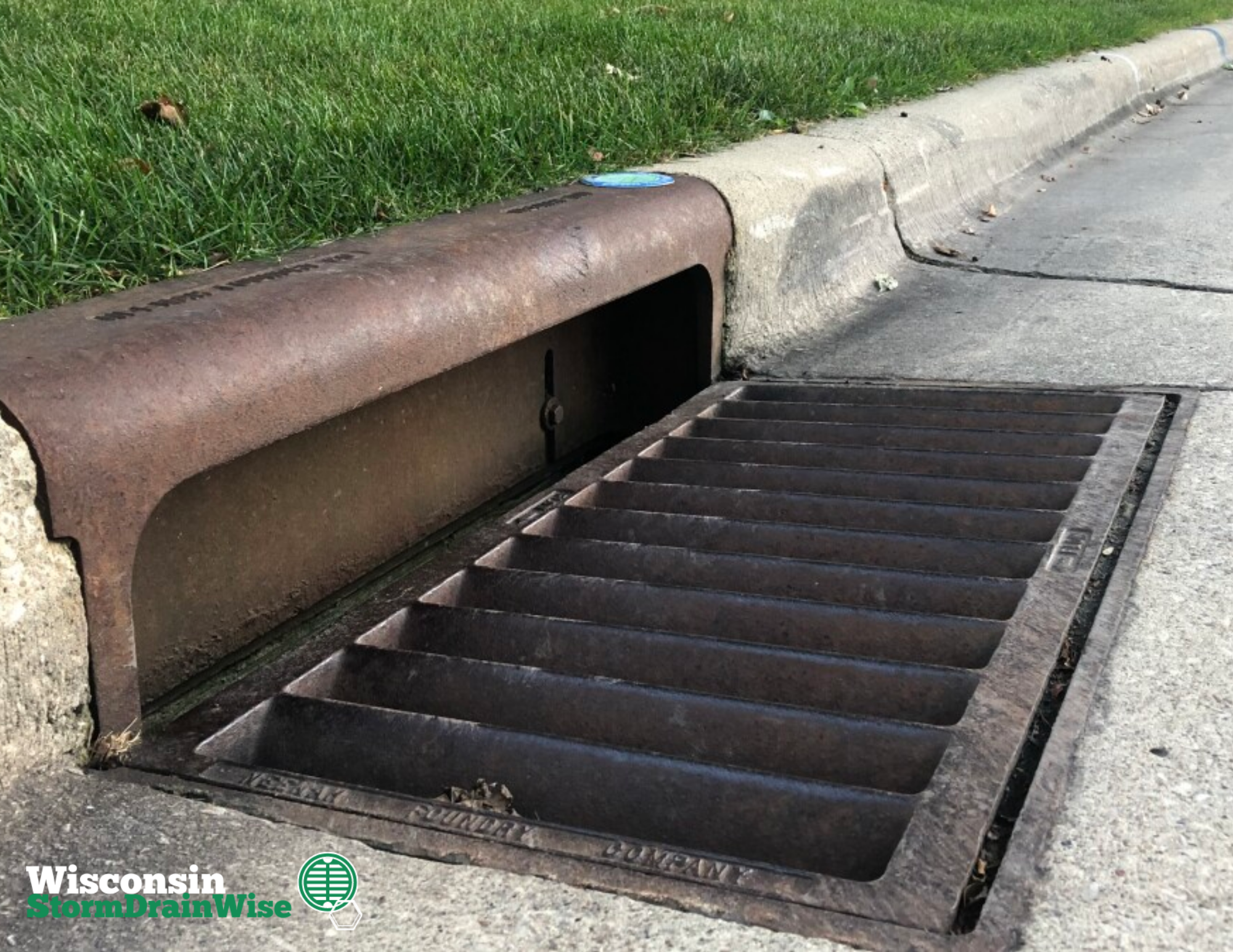
Adopt a Storm Drain in Your Neighborhood
Help keep pollutants out of our local waterways by adopting a storm drain in a community near you.
Join the 2024 Clean Up
Join the 250+ volunteers at one of our nine waterway clean-up locations across the Rock River Basin on Saturday, September 21, 2024. Sign up today to get a free t-shirt.
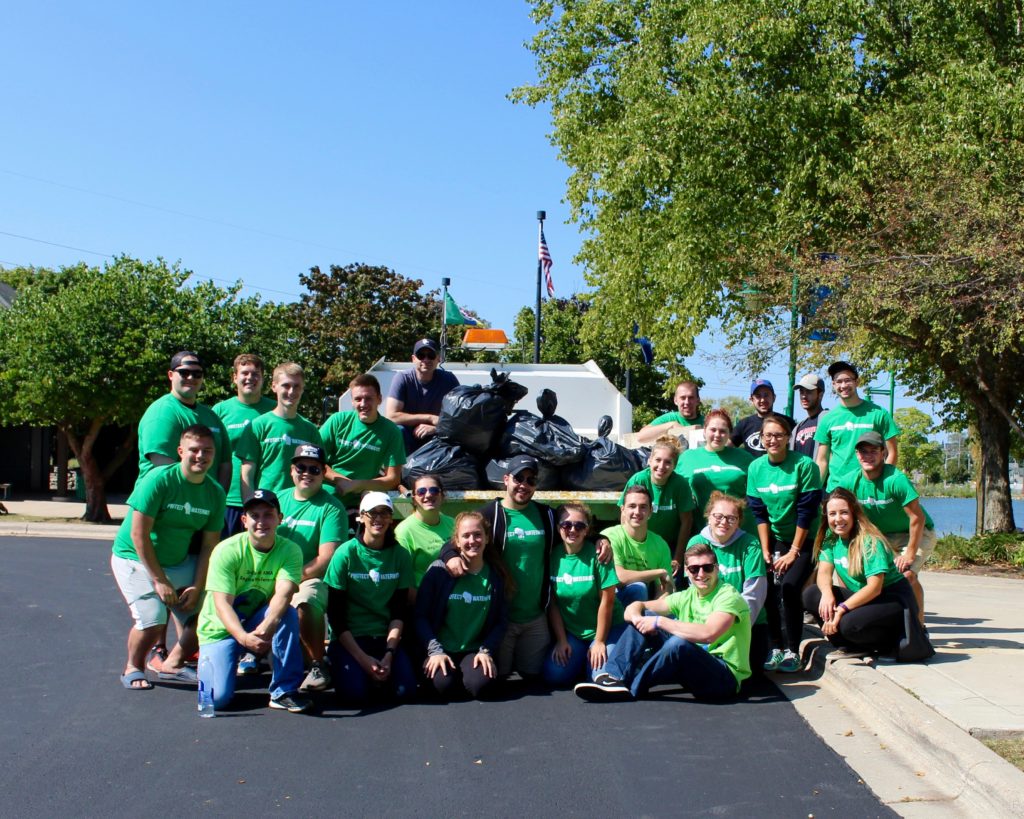
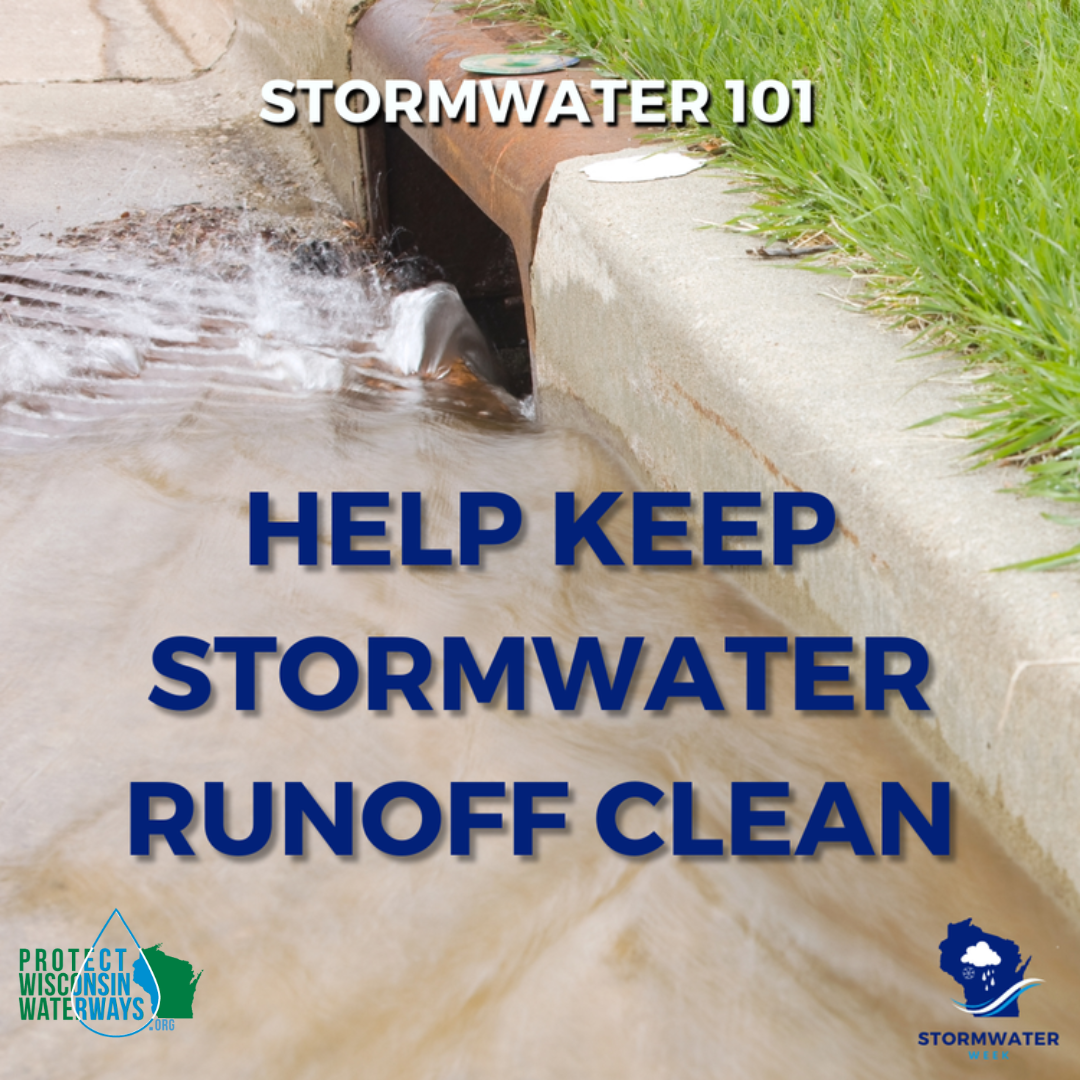
Stormwater 101
What is Stormwater?
Stormwater is water from precipitation events such as rain or snowmelt. When stormwater falls on hard, impervious surfaces like rooftops, roads, and sidewalks, it cannot soak into the ground and instead becomes stormwater runoff.
Stormwater runoff flows over these hard surfaces, eventually finding its way into storm drains that lead directly to streams, rivers, and lakes. Essentially, stormwater runoff is the excess water that does not get absorbed into the soil in our yards.
Continue reading to learn more about why stormwater runoff is a problem and how you can make a difference around your yard.
Rain Collection 101
Help Prevent Stormwater Runoff in Your Yard
Did you know? 1 inch of rain on a 1,000 square foot roof = 600 gallons of runoff. Excessive stormwater runoff can lead to increased pollution levels, degraded aquatic habitats, and the loss of native plant and animal species in waterways. You can help reduce runoff and stormwater pollution by using rain barrels and rain gardens.
Both practices decrease runoff volume and velocity, preventing street flooding and excessive flow into our stormwater systems and local waterways. Rain collection also filters the water, removing pollutants and contaminants before they enter the environment. By implementing rain collection methods, we can significantly reduce stormwater runoff and contribute to cleaner, healthier waterways.
Continue reading to learn more about using rain barrels and rain gardens and how you can make a difference around your yard.
Join residents from around the state on Tuesday, August 8, 2023 from Noon to 1 PM to learn more about “Managing Water Where it Falls.”
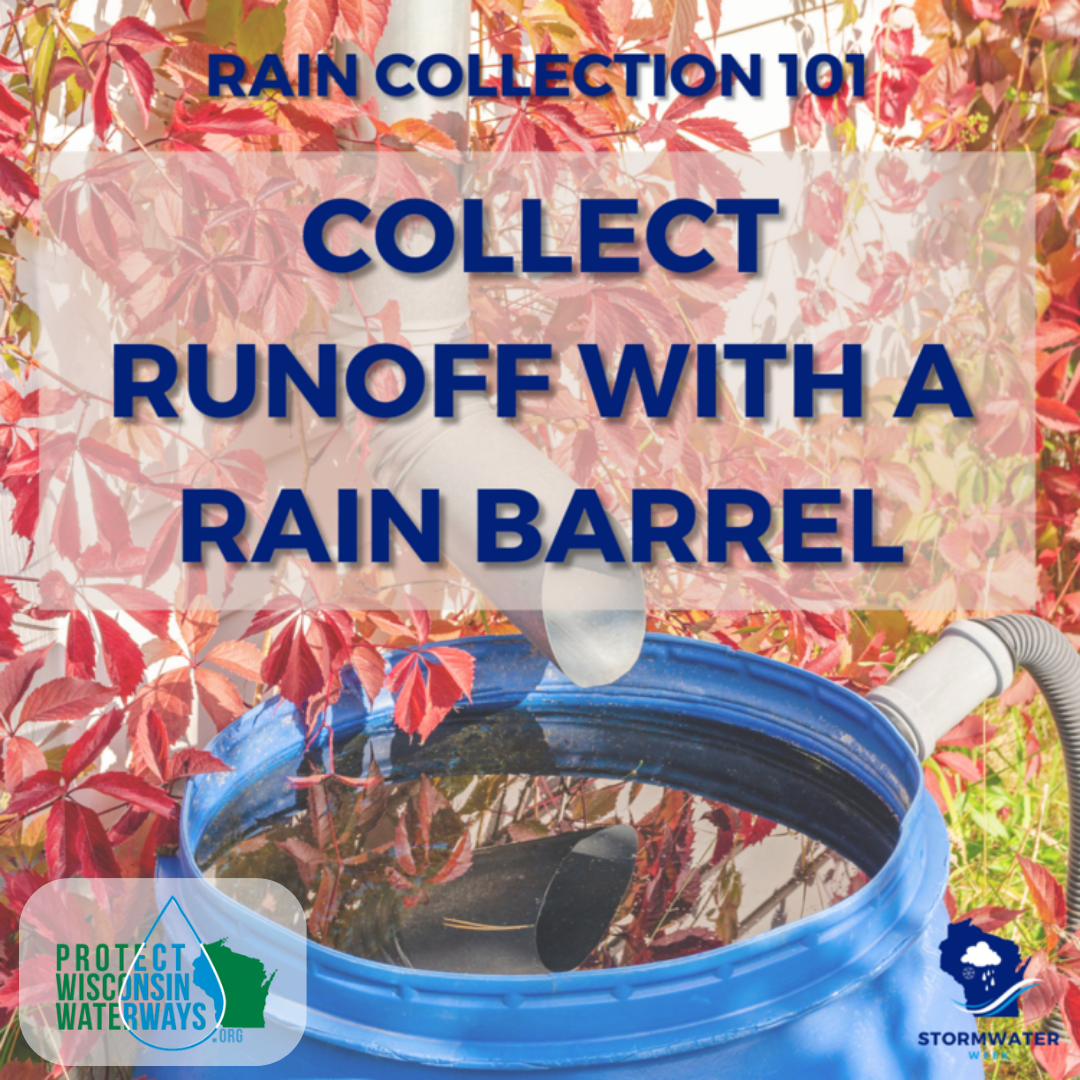
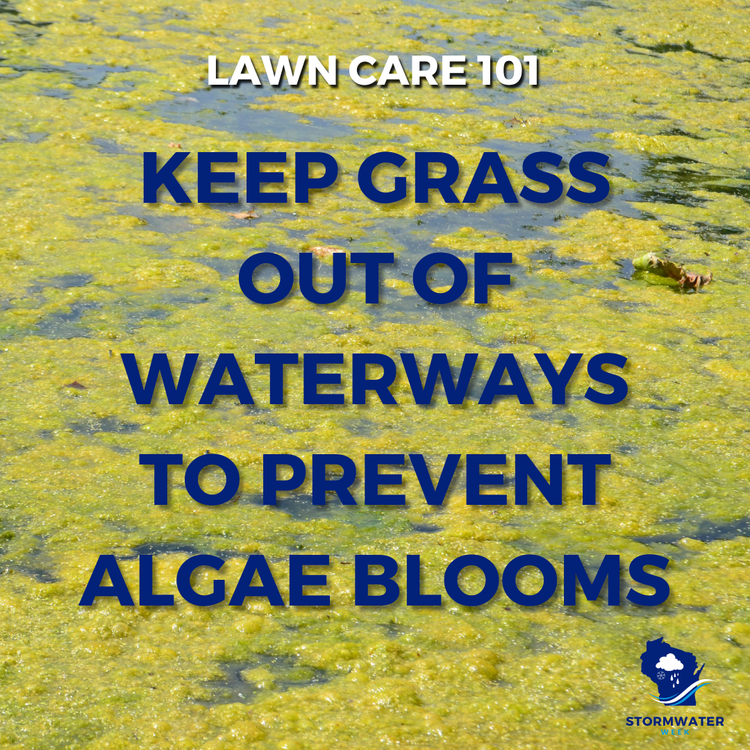
Lawn Care 101
Prevent Pollutants from Leaving Your Yard
Are you Lawn Wise? One of the simplest things you can do to protect our waterways is keep grass clippings off streets, sidewalks, and driveways! This may sound like a little thing, but when grass clippings end up in the street, they can be washed directly into local streams and lakes through storm drains. Clippings carry fertilizers to waterways and the grass itself also breaks down into nutrients. The nutrients and fertilizers from grass clippings feed algae and can turn a beautiful pond, lake, or other waterway into a blue and green mess! Something we can all agree we don’t want to see in our waterways!
Learn more about how you can be lawn-wise and help Protect Wisconsin’s Waterways.
Leaves 101
Prevent Pollutants from Leaving Your Yard
Leaves are another common stormwater pollutant. Similar to grass clippings, leaves left on streets and in storm drains can have harmful effects on water quality and aquatic ecosystems. Leaves that block storm drains can create localized street flooding, increasing the likelihood that stormwater runoff will pick up pollutants such as oil, heavy metals, and bacteria from the streets and carry them directly into our waterways. As leaves break down, they release organic matter and nutrients such as nitrogen and phosphorous into the water. When excessive amounts of these nutrients from leaves enter our waterways, they can fuel the growth of harmful algae blooms that deplete oxygen levels in the water, leading to “dead zones” where aquatic life struggles to survive.
Learn more about how you can help Protect Wisconsin’s Waterways by keeping leaves off streets and away from storm drains.
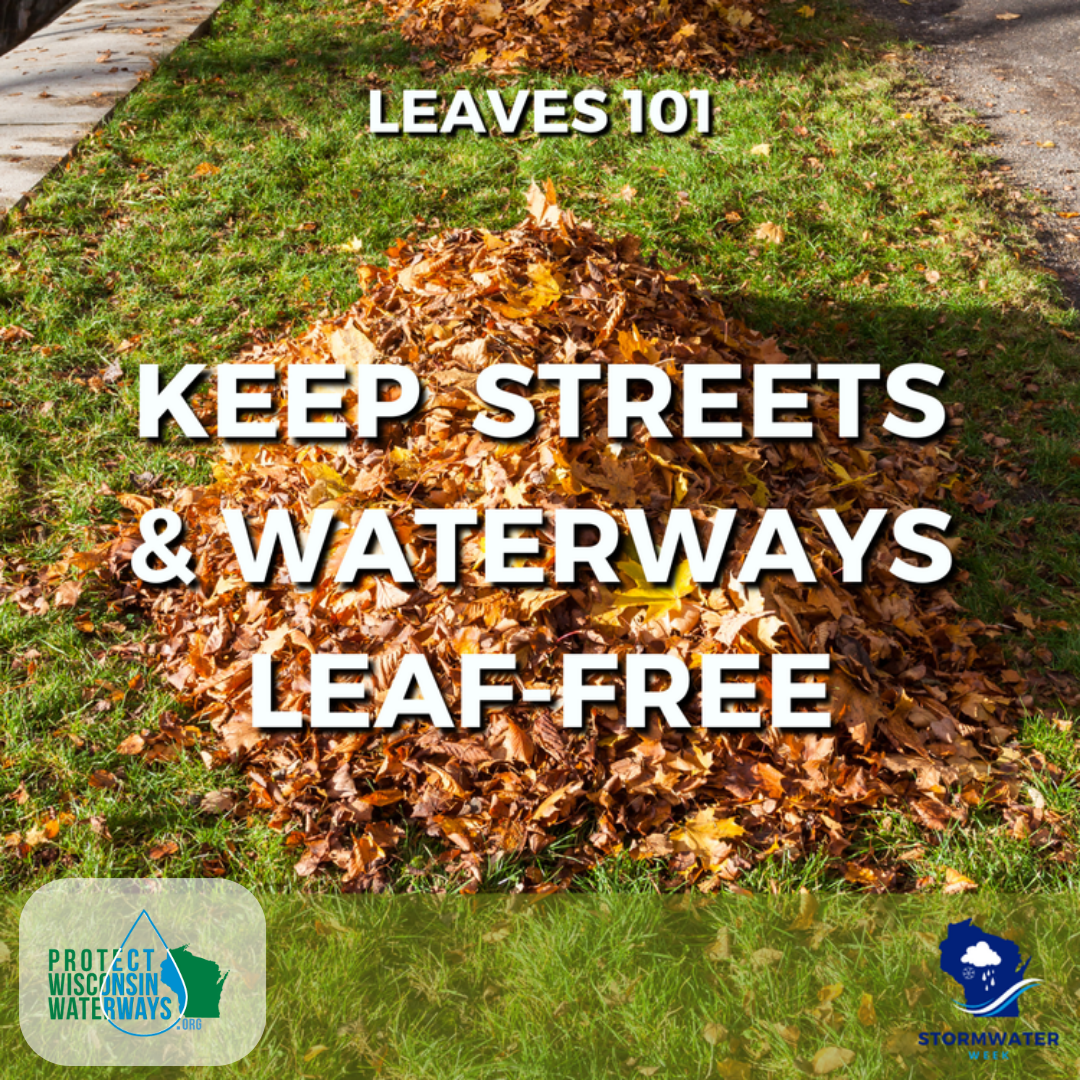
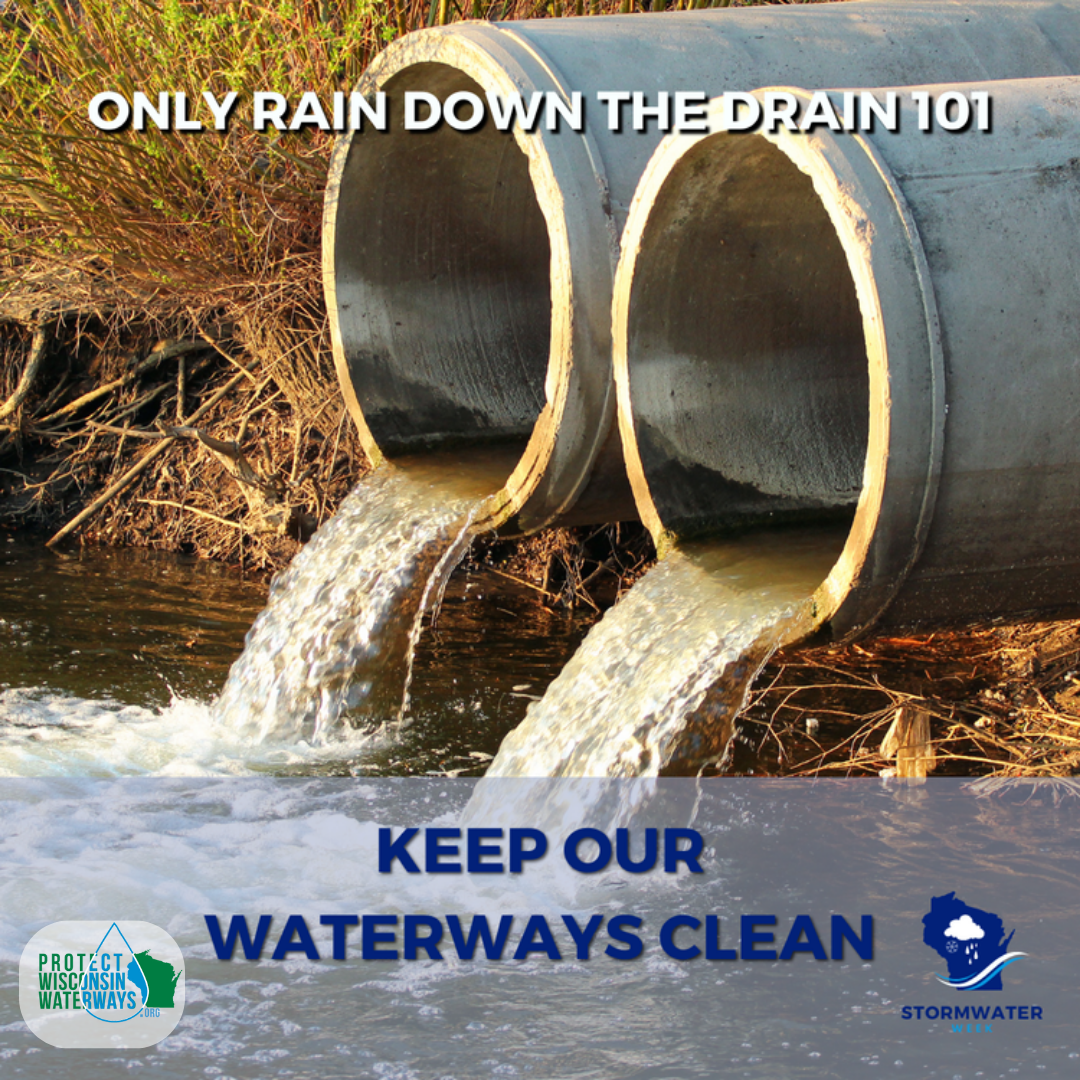
Only Rain Down the Drain 101
Prevent & Report Illicit Discharges
What is an illicit discharge? Illicit discharges involve any substance other than storm water that goes down a storm drain, storm sewer or other drainage system that discharges to our lakes, rivers, or other waterways. These substances are “illicit”, or banned, because they are not stormwater and are hazardous to our water resources. Many pollutants can enter our waterways through stormwater runoff if not properly managed or disposed. Household chemicals, such as cleaning agents, paints, solvents, and pesticides, can be washed into storm drains and contribute to water pollution. Automotive fluids, including motor oil, antifreeze, and brake fluid, are other common pollution sources. Yard waste, such as grass clippings, leaves, and branches, can also find their way into storm drains and add excess nutrients to water bodies. Understanding the various pollutants that can enter our waterways through stormwater runoff is critical in taking proactive measures to prevent pollution and protect water quality. See a problem? Report it to your local municipality.
Learn more about how you can help Protect Wisconsin’s Waterways by following “Only Rain Down the Drain” principles to ensure stormwater runoff remains free from harmful pollutants.
Photos from Above the Rock River Basin
In celebration of Wisconsin Stormwater Week, check out our Flickr page featuring photos from above waterways, parks, and communities in the Rock River Basin, and let us know your favorite on social media!

